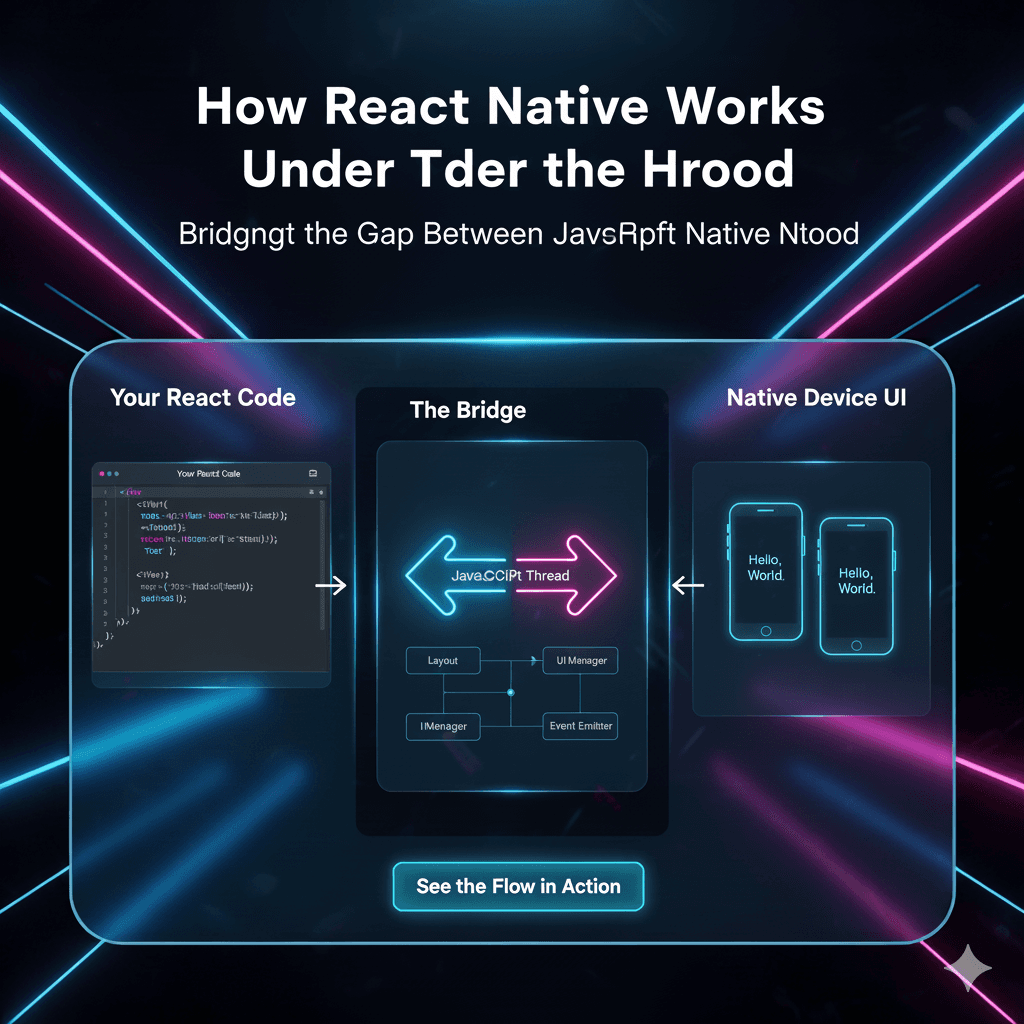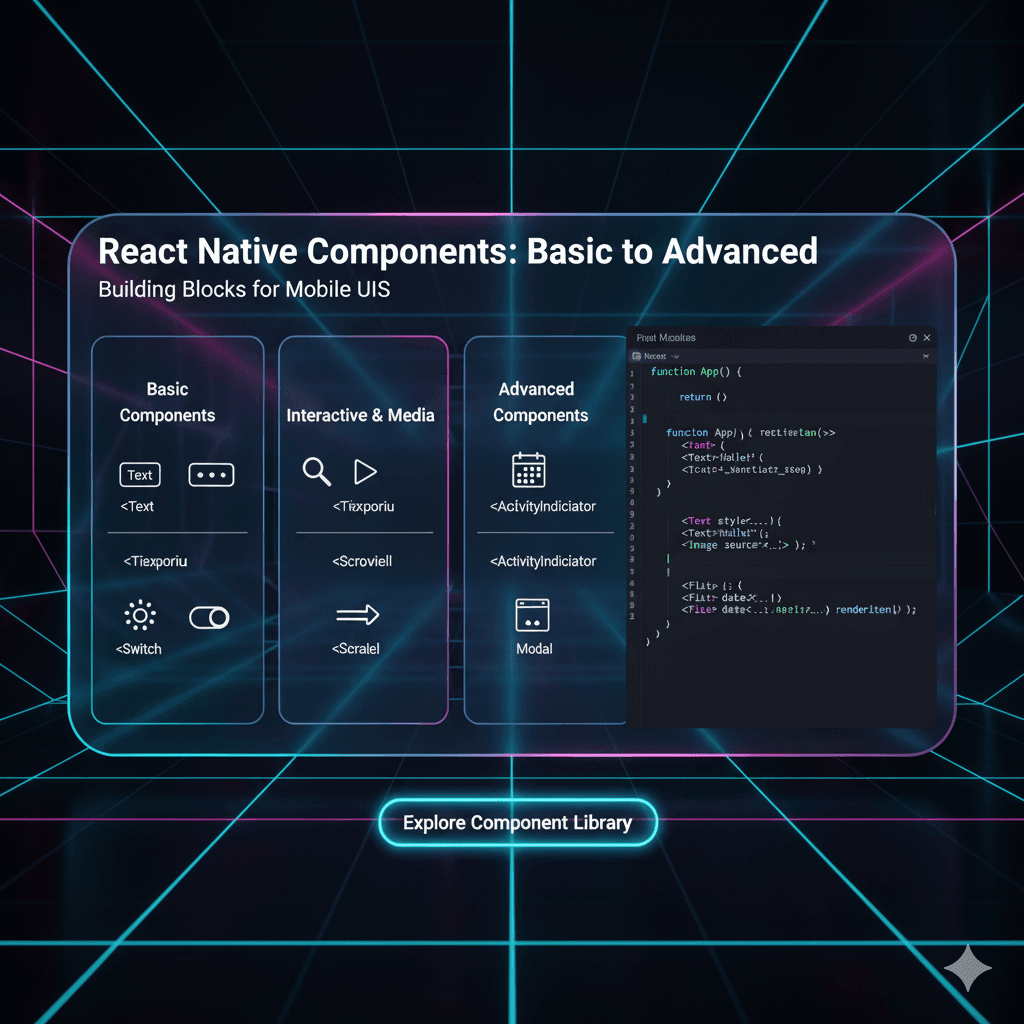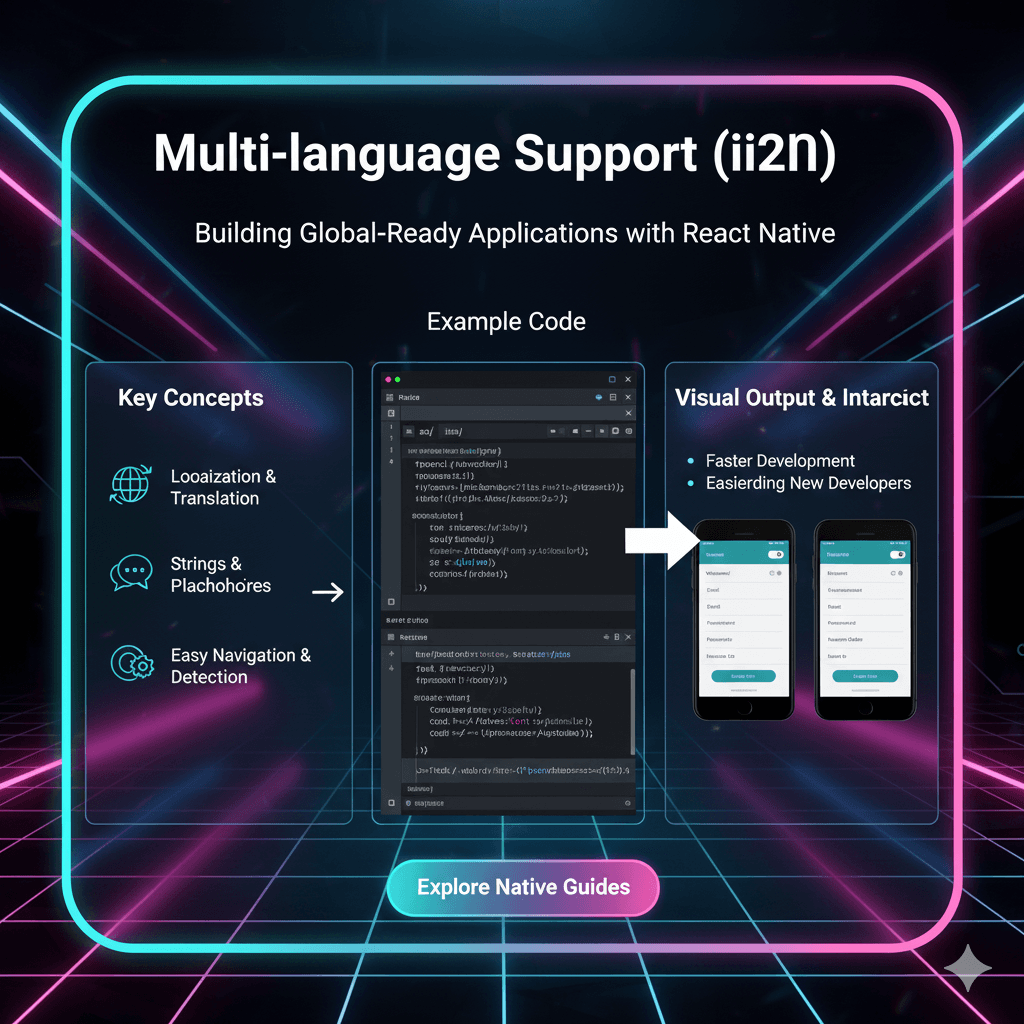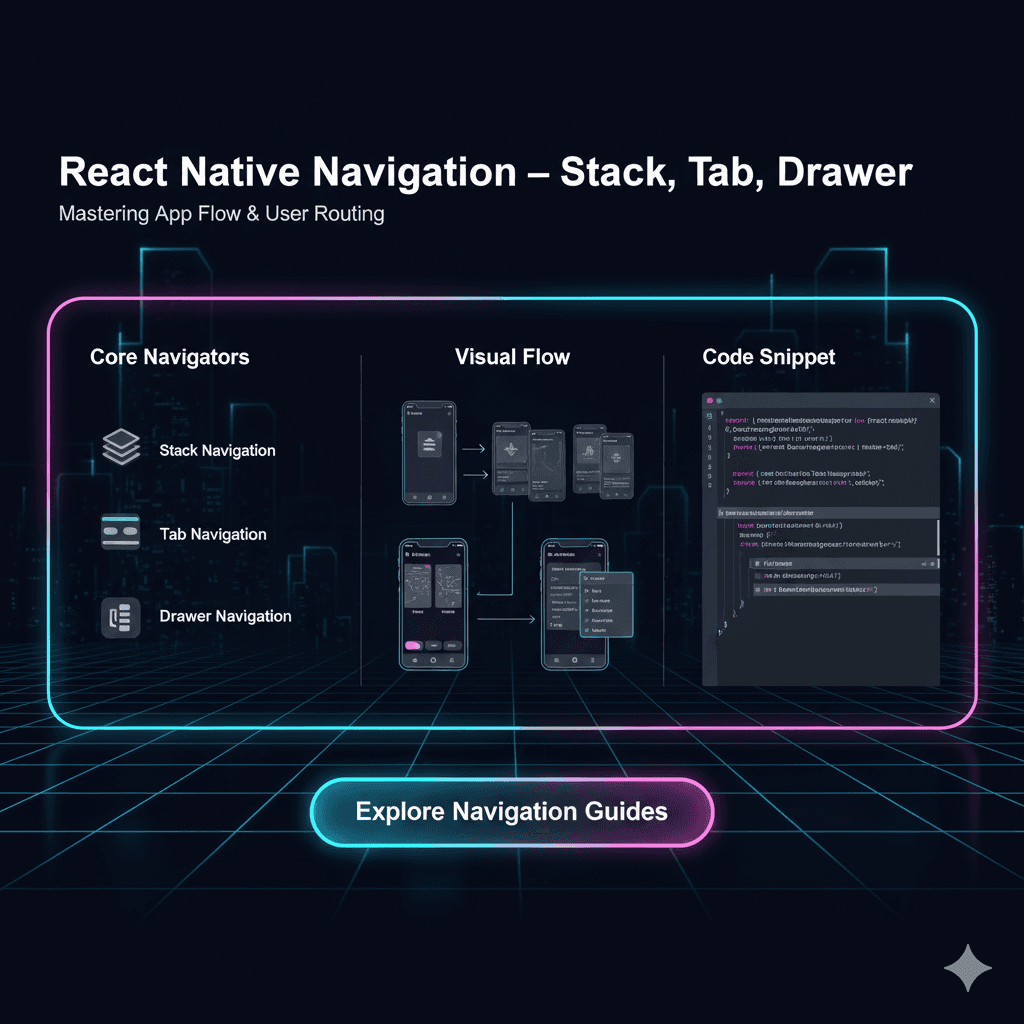Stop the Lag! The Ultimate Guide to App Performance Optimization in 2025

Is your app slow and clunky? Learn proven app performance optimization strategies to boost speed, enhance UX, and skyrocket user retention. Master development with CoderCrafter's courses!
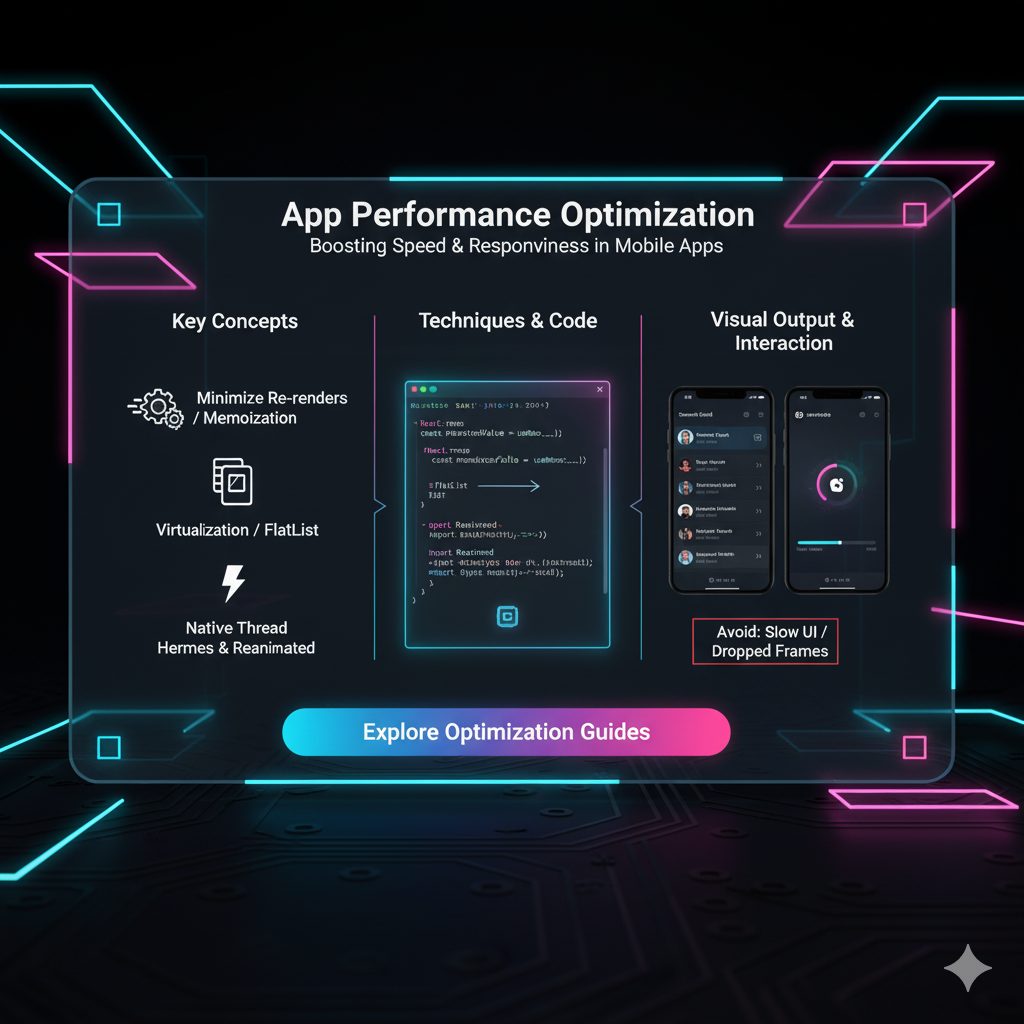
Stop the Lag! The Ultimate Guide to App Performance Optimization in 2025
Stop the Lag! Your Ultimate Guide to App Performance Optimization in 2025
Let's be real for a second. How many times have you deleted an app because it took forever to load, stuttered when you scrolled, or just randomly crashed when you needed it the most?
If you're anything like me and the other 4.8 billion smartphone users out there, the answer is "a lot." We live in a world of zero patience. If your app isn't snappy, it's basically dead in the water.
That, right there, is the power of App Performance Optimization (APO). It’s not just some fancy tech jargon; it's the secret sauce that separates successful, addictive apps from the ones that get uninstalled after a single use.
In this deep dive, we're going to break down everything you need to know about APO. We're talking what it is, why it's a non-negotiable, and how you can actually do it. No fluff, just actionable insights.
What Exactly is App Performance Optimization? (Spoiler: It's More Than Just Speed)
When we say "App Performance Optimization," most people think "make it fast." And while speed is a massive part of it, APO is a holistic approach. It's the art and science of making your application:
Fast: Obviously. Quick load times, instant responses.
Efficient: It doesn't drain the user's battery or gobble up their data plan.
Stable: No more random crashes or freezes. It's reliable.
Responsive: Smooth animations, buttery scrolling, and seamless interactions.
Resource-Smart: It uses the right amount of memory (RAM) and CPU without hogging the device.
Think of it like a high-performance car. It's not just about top speed; it's about handling, fuel efficiency, braking, and overall reliability. APO is your app's tune-up.
Why Should You Even Care? The Cold, Hard Facts.
Alright, let's talk numbers. This is where it gets real.
The 3-Second Rule: Nearly 50% of users expect a page to load in 2 seconds or less. If it takes longer than 3 seconds, 53% of mobile site visits are abandoned. (Google)
The Speed → Conversion Link: A 1-second delay in mobile load times can impact your conversion rates by up to 20%. Ouch. (Akamai)
The Retention Killer: A staggering 71% of users uninstall an app due to performance issues like crashes, freezes, or slow launch times. (Apteligent)
Bottom line? Poor performance isn't just a minor inconvenience. It's directly hitting your user base, your revenue, and your brand's reputation. Optimizing your app isn't a "nice-to-have"; it's a core part of your business strategy.
The APO Playbook: Actionable Strategies to Turbocharge Your App
Enough with the scary stats. Let's get into the good stuff—how you actually fix this.
1. Image Optimization: The Low-Hanging Fruit
Images are often the biggest contributors to slow load times. You can't just dump high-res PNGs from your designer straight into the app.
What to do:
Use Modern Formats: Ditch PNG and JPEG for WebP or AVIF. They offer superior compression and quality. For example, converting a large PNG to WebP can reduce its size by 50-70% without visible quality loss.
Implement Lazy Loading: Don't load images until the user is about to scroll them into view. This is a game-changer for image-heavy apps like social media or e-commerce feeds.
Serve Responsive Images: Deliver different image sizes based on the user's screen size. A user on a small phone doesn't need a 4K desktop image.
2. Code-Level Optimizations: Clean Up Your Room!
Bloated, messy code is a performance nightmare.
What to do:
Minify and Compress: Remove all unnecessary characters (spaces, comments) from your code and compress it using Gzip or Brotli. This drastically reduces the file size that the user's device has to download.
Code Splitting (for Web & Large Apps): Instead of sending one giant JavaScript file, break your code into smaller chunks that are loaded only when needed. Tools like Webpack make this easy.
Eliminate Render-Blocking Resources: Defer non-critical JavaScript and CSS. Let the core content (Above-the-Fold) load and paint first, then load the rest.
Want to write clean, efficient, and performant code from day one? To learn professional software development courses such as Python Programming, Full Stack Development, and MERN Stack, visit and enroll today at codercrafter.in. Our project-based curriculum ensures you master these optimization techniques hands-on.
3. Backend and Network Magic
Sometimes, the bottleneck isn't on the user's phone; it's on your server or the network in between.
What to do:
Leverage a CDN (Content Delivery Network): Use a CDN like Cloudflare, AWS CloudFront, or Akamai. They cache your static assets (images, CSS, JS) on servers around the world, so a user in Mumbai gets files from a local server instead of one in the US, dramatically cutting latency.
Optimize Your API Calls: Are you making too many requests? Can you combine them? Use techniques like debouncing for search bars (waiting for the user to stop typing before searching) and caching frequent API responses on the client-side.
Database Optimization: Ensure your database queries are efficient. Use indexing to speed up data retrieval. A slow database query will make your app feel slow, no matter how optimized your front end is.
4. Memory Management: Stop the Leaks!
Memory leaks are like leaving taps running in your house—eventually, you'll flood the place. In an app, this leads to sluggishness and crashes.
Real-World Example: Imagine a social media app. Every time you open a user's profile, it allocates memory. If the app doesn't properly free that memory when you close the profile, the app's memory usage will keep climbing until the OS force-closes it. Tools like Chrome DevTools or Xcode's Instruments are essential for detecting these leaks.
Real-World Use Case: How [Fictional E-Commerce App "QuickCart"] Boosted Sales by 30%
The Problem: QuickCart had a great product but a mobile app that took 5 seconds to load the home page. Their cart abandonment rate was through the roof.
The APO Audit & Fix:
Identified Culprits: Found massive, unoptimized hero images and render-blocking third-party scripts.
The Fix:
Converted all primary images to WebP.
Implemented aggressive lazy loading for product listing pages.
Moved non-critical scripts to load asynchronously.
Served product images via a global CDN.
The Result: The home page load time dropped from 5 seconds to 1.2 seconds. This single effort led to a 30% increase in mobile conversions and a 20% decrease in app uninstalls within two months.
Best Practices & Must-Use Tools
You can't optimize what you can't measure. Here are your new best friends:
Lighthouse: An open-source, automated tool for improving the quality of web pages. It gives you scores on Performance, Accessibility, SEO, and more. Run it from Chrome DevTools.
Core Web Vitals: Google's set of specific metrics for user experience. Focus on:
LCP (Largest Contentful Paint): Measures loading performance. Aim for < 2.5s.
FID (First Input Delay): Measures interactivity. Aim for < 100ms.
CLS (Cumulative Layout Shift): Measures visual stability. Aim for < 0.1.
Profilers: Use built-in profilers in Android Studio (for Android) and Xcode (for iOS) to monitor CPU, memory, and energy usage in real-time.
FAQs: Your Burning Questions, Answered
Q1: How often should I performance test my app?
A: Continuously! Make it part of your development cycle. Run basic checks before every release and do a deep-dive audit every quarter or after major feature additions.
Q2: Is APO only for large apps?
A: Absolutely not. Starting with optimization best practices from the beginning is easier and cheaper than trying to fix a slow, messy app later. It's a mindset for all developers.
Q3: What's the biggest mistake developers make?
A: Assuming it's someone else's problem. Performance is everyone's responsibility—frontend, backend, and DevOps. It requires a collaborative culture.
Q4: Can over-optimization be a bad thing?
A: Yes. Spending weeks to shave off 10 milliseconds might not be the best use of time. Always prioritize optimizations based on real user impact and data from your monitoring tools.
Conclusion: Performance is a Feature, Not an Afterthought
In the hyper-competitive world of apps, performance is your silent salesperson. It builds trust, fosters loyalty, and directly contributes to your bottom line. By embracing a performance-first mindset, using the right tools, and implementing the strategies we've discussed, you can build apps that don't just work, but delight.
It all starts with building a solid foundation. If you're looking to master the art of building fast, scalable, and robust applications from the ground up, the right education is key. To learn professional software development courses such as Python Programming, Full Stack Development, and MERN Stack, visit and enroll today at codercrafter.in. Let's build the future, one optimized app at a time.
